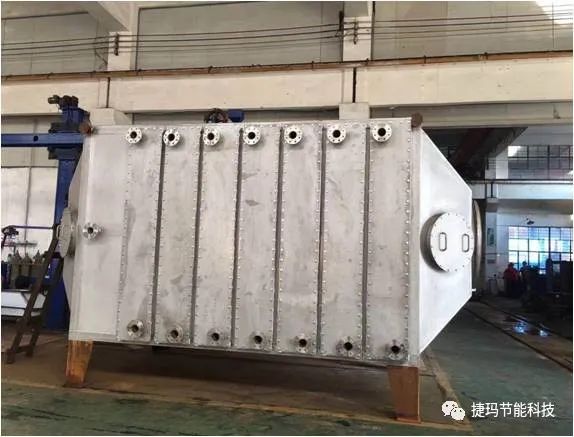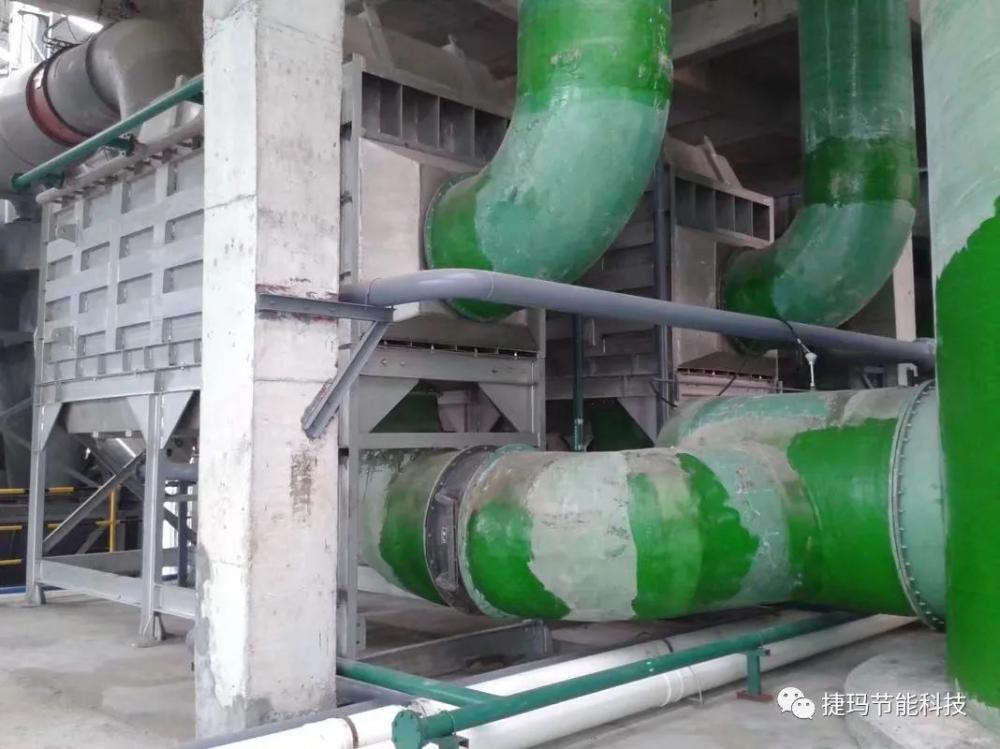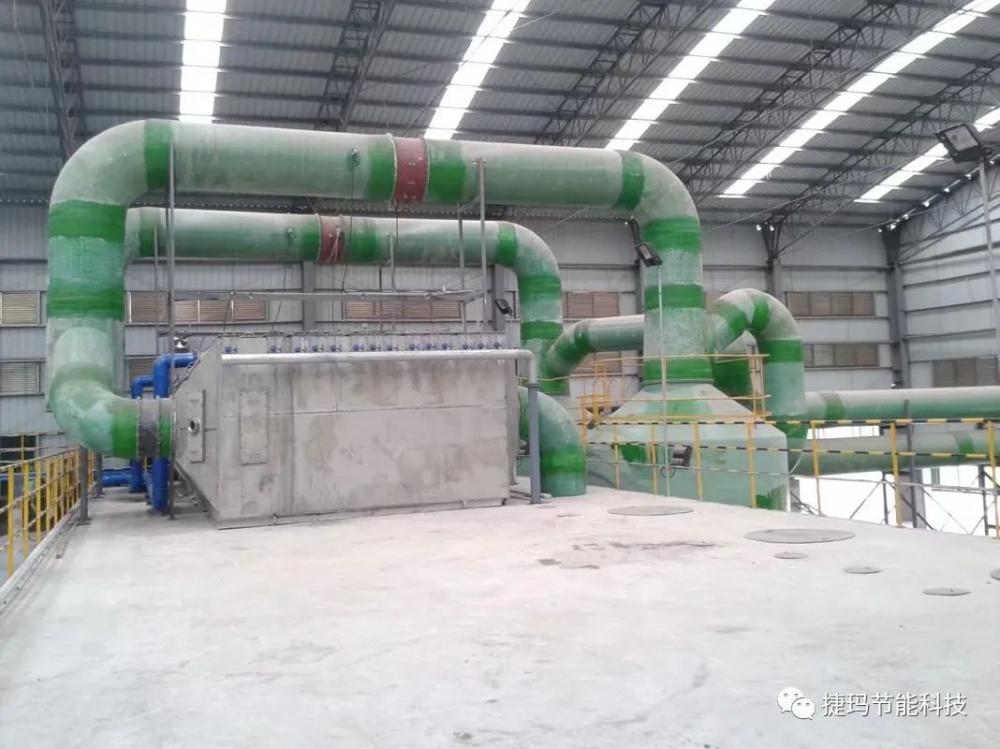



HEAT EXCHANGERS TO SLUDGE TREATMENT
2020-05-06
Current total sewage treatment capacity in China is estimated to be about 200 million tons/day, and the rough calculation of the amount of wet sludge produced is about 200,000 tons/day, which is an astonishing output. However, due to the long-term "heavy water but light mud" situation in the industry, about 30 million tons of the large amount of sludge produced every year has not been properly disposed. The situation is not optimistic. Sludge disposal has become an important bottleneck restricting the healthy development of sewage treatment plants.

Air To Air Heat Exchanger, also known as Welded Plate Heat Exchanger or plate Air Heat Exchanger, is a new type of Plate Heat Exchanger developed by Jiema. And the corresponding patent has been obtained. It is composed of a series of thin metal plates that are parallel to each other and pressed with spaced columns.




Conventional plates generally use herringbone corrugations, and there are grid-type contact points between the plates. These points can easily wear through the plates under the erosion of solid particles, causing perforation and leakage, and the two fluids will mix. Together, they bring great losses to production. The wide flow channel designed in this project is a thin metal plate with spaced columns. There are less contact points between the plates, and solid particles can pass smoothly through the channel, which is not easy to block and can greatly reduce the number of maintenance and cleaning of the heat exchanger. At the same time, service life of the equipment extends and investment in equipment and labor reduces.